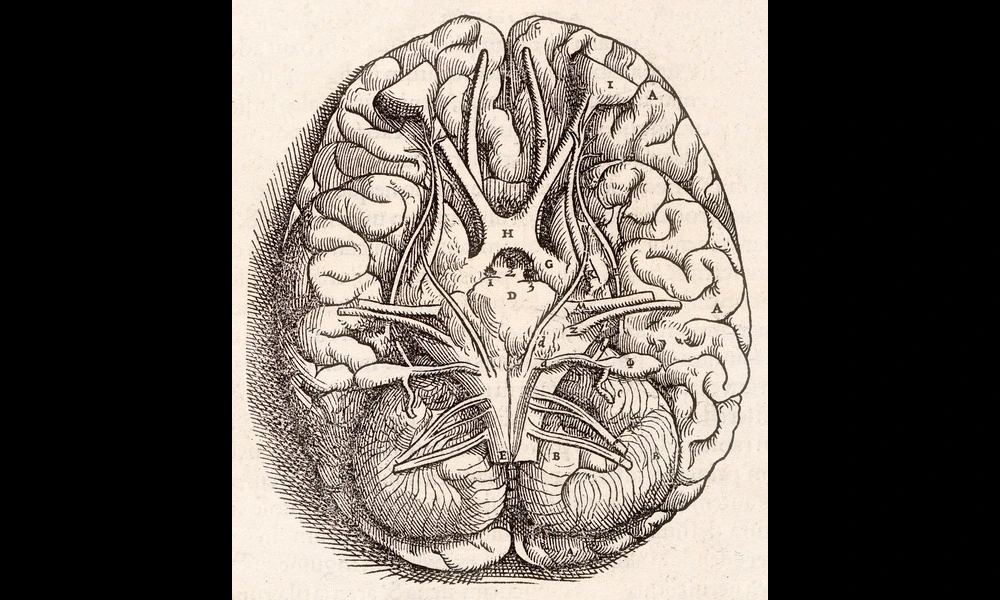Key Factors Linked to Decreased Physical Function in Systemic Sclerosis Patients Identified
Published on Thu Aug 24 2023 Calcinosis of Chronic Renal Failure (closeup 2) | Ed Uthman on Flickr
Calcinosis of Chronic Renal Failure (closeup 2) | Ed Uthman on FlickrLiving with a rare and complex autoimmune disease, systemic sclerosis (SSc), also known as scleroderma, can be particularly challenging. A recent study delves into understanding how various factors can be associated with physical function in people suffering from this condition. The findings underscore the importance of recognizing the multifactorial nature of physical impairment which goes beyond the direct symptoms of the disease.
Systemic sclerosis is marked by chronic changes in the skin, blood vessels, muscles, and internal organs. The disease can significantly affect daily functions and quality of life for those who have it. The study evaluated data from the Scleroderma Patient-centered Intervention Network (SPIN) Cohort, involving participants with SSc and analyzing their physical function using a Patient-Reported Outcomes Measurement Information System (PROMIS).
In the most comprehensive study of its kind to date involving over 2,000 participants, the SPIN study found that average physical function in individuals with systemic sclerosis is considerably lower than in the general US population. The key factors associated with worse physical function include progression markers of the disease such as skin thickening, gastrointestinal symptoms, presence of digital ulcers, joint contractures, and the co-occurrence of pulmonary conditions. Additionally, lifestyle factors, including age, gender, level of education, marital status, smoking habits, and body mass index, played a role in the decline in physical abilities.
The impact is profound: nearly 58% of the study participants experienced moderate to severe limitations in physical function, highlighting the pervasive effects of systemic sclerosis. This research has significant implications, shedding light on areas potentially amenable to intervention and support, aiming to improve daily function and enhance the life quality of those living with SSc. The detailed understanding of these associations can guide healthcare providers to work alongside patients, managing the disease effectively and mitigating its impact on physical function. As SSc is a condition with no cure, the ability to maintain better physical function could represent a substantial benefit for those affected.



